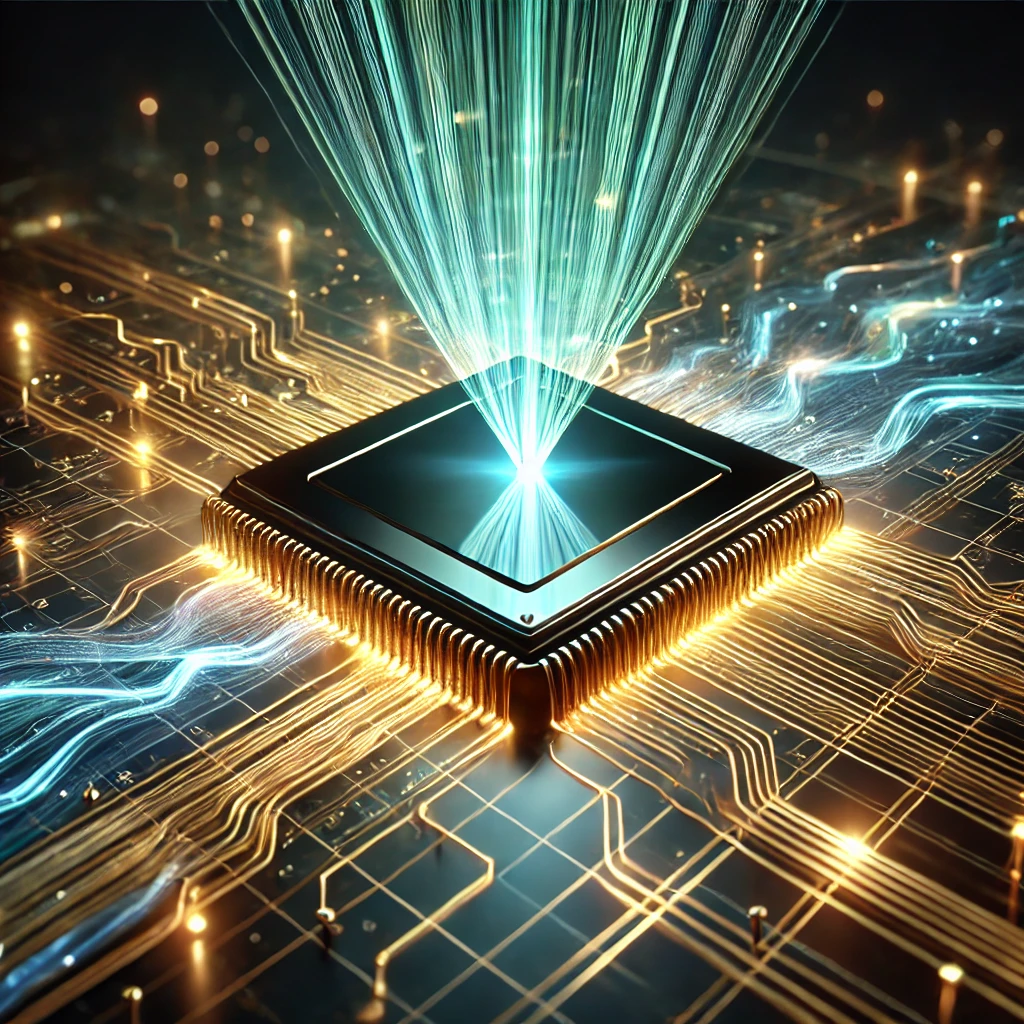A groundbreaking photonic processor is set to revolutionize artificial intelligence (AI) computations, offering unparalleled speed and energy efficiency by leveraging the power of light. This innovative device performs critical deep neural network operations directly on a chip, potentially enabling real-time learning capabilities.
How Photonic Processing Works
Photonic processors utilize light instead of electricity to carry out computations. By manipulating photons, these devices can execute operations at the speed of light, significantly outpacing traditional electronic processors. The approach also reduces energy consumption, addressing one of the major challenges in AI hardware development.
Advantages and Limitations
- Advantages:
- Ultrafast processing speeds.
- Drastically lower energy requirements, making them ideal for energy-intensive applications like training large neural networks.
- Potential for real-time learning, enhancing applications in autonomous systems, robotics, and edge AI.
- Limitations:
- Certain neural network computations cannot currently be performed solely by photonic devices. These operations require hybrid solutions involving off-chip electronics, which can reduce speed and efficiency.
Applications and Future Potential
Photonic processors have the potential to transform fields that demand high computational performance, including:
- Real-time AI decision-making in autonomous vehicles.
- On-the-fly language translation.
- Complex scientific simulations requiring immense computational power.
Researchers are now focused on overcoming existing limitations, striving to integrate photonic systems with advanced algorithms and hybrid technologies to unlock their full potential.
The Road Ahead
As photonic hardware continues to mature, it holds the promise of enabling next-generation AI systems that are faster, smarter, and more sustainable. This could mark a pivotal moment in the evolution of AI hardware.





